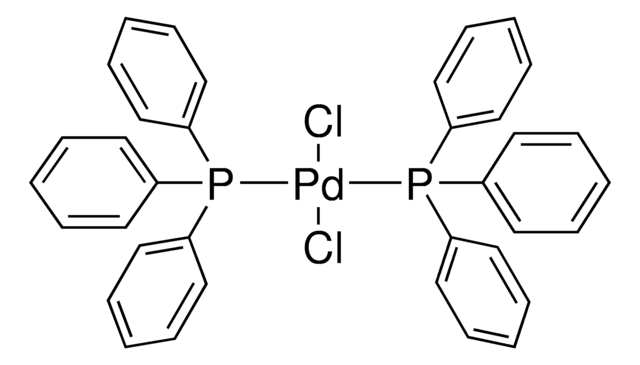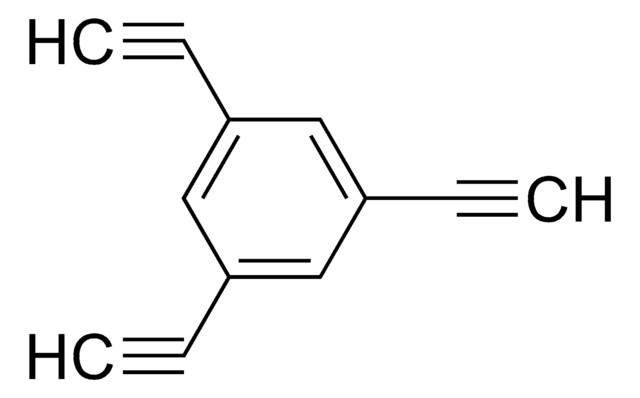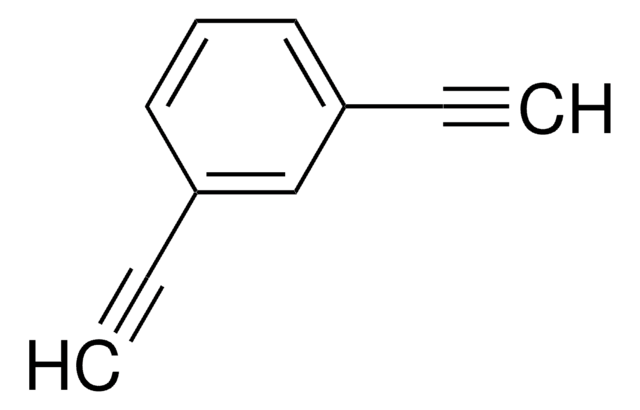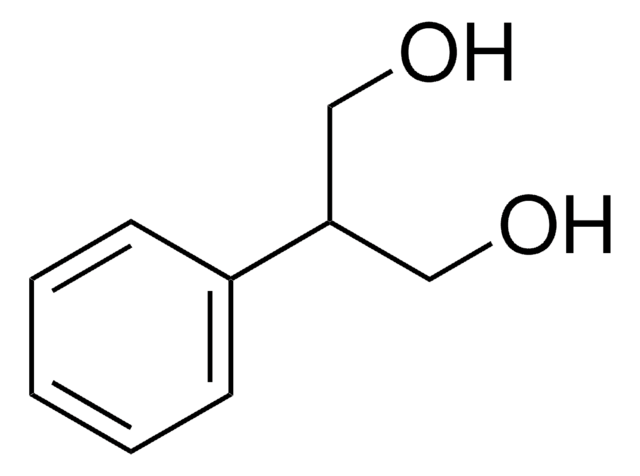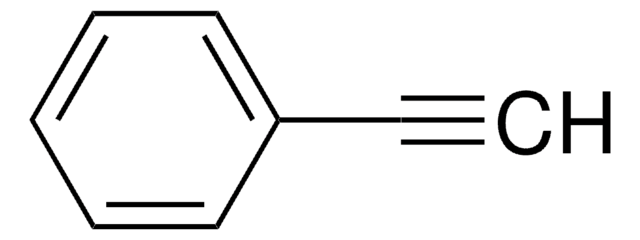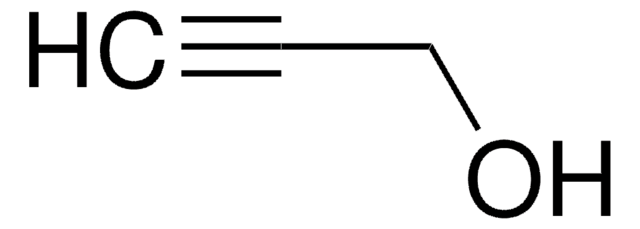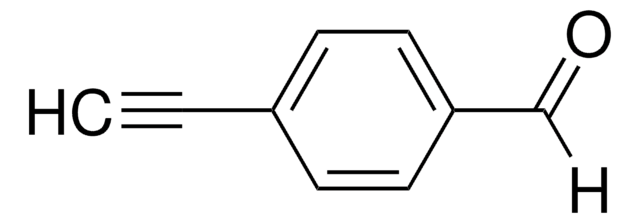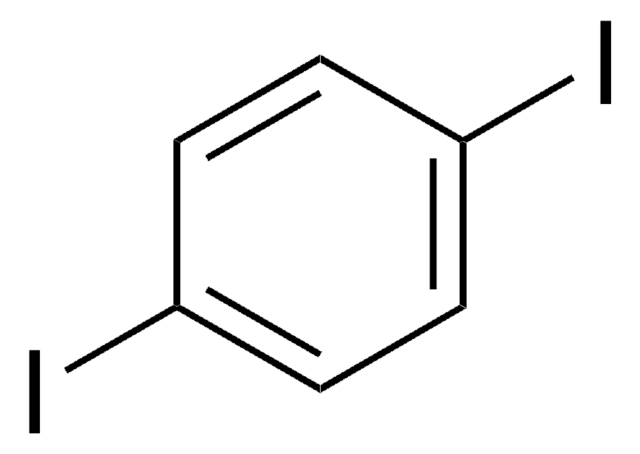Key Documents
632090
1,4-Diethynylbenzene
96%
Synonim(y):
1,4-Bis(ethynyl)benzene, 1,4-Diacetylenebenzene, 1,4-Diacetylenylbenzene, 1,4-Diethynylbenzene, p-Diethynylbenzene
About This Item
Polecane produkty
Próba
96%
Postać
solid
mp
94-98 °C (lit.)
temp. przechowywania
2-8°C
ciąg SMILES
C#Cc1ccc(cc1)C#C
InChI
1S/C10H6/c1-3-9-5-7-10(4-2)8-6-9/h1-2,5-8H
Klucz InChI
MVLGANVFCMOJHR-UHFFFAOYSA-N
Szukasz podobnych produktów? Odwiedź Przewodnik dotyczący porównywania produktów
Powiązane kategorie
Zastosowanie
- Advanced Sensor Development: A novel approach to creating sensitive and selective copper(II) sensors on carbon fiber microelectrodes using 1,4-Diethynylbenzene. This research enhances the performance and application range of electrochemical sensors, particularly in environmental monitoring and industrial processes (Nudurupati et al., 2023).
- High-Performance OLED Materials: Synthesis of highly phosphorescent dimers of PtAu(2) complexes using 1,4-Diethynylbenzene. This research opens new pathways for creating more efficient and durable organic light-emitting diodes (OLEDs), which are crucial for the development of next-generation display and lighting technologies (Zheng et al., 2022).
- Mixed-Valence Metal Complexes: A comprehensive study on the electronic structure and mixed-valence characteristics of 1,4-diethynylbenzene-bridged bimetallic complexes. This research provides insights into the tuning of electronic properties for potential applications in molecular electronics and catalysis (Safari et al., 2020).
Hasło ostrzegawcze
Warning
Zwroty wskazujące rodzaj zagrożenia
Zwroty wskazujące środki ostrożności
Klasyfikacja zagrożeń
Skin Sens. 1
Kod klasy składowania
11 - Combustible Solids
Klasa zagrożenia wodnego (WGK)
WGK 3
Temperatura zapłonu (°F)
Not applicable
Temperatura zapłonu (°C)
Not applicable
Środki ochrony indywidualnej
dust mask type N95 (US), Eyeshields, Faceshields, Gloves
Wybierz jedną z najnowszych wersji:
Masz już ten produkt?
Dokumenty związane z niedawno zakupionymi produktami zostały zamieszczone w Bibliotece dokumentów.
Klienci oglądali również te produkty
Nasz zespół naukowców ma doświadczenie we wszystkich obszarach badań, w tym w naukach przyrodniczych, materiałoznawstwie, syntezie chemicznej, chromatografii, analityce i wielu innych dziedzinach.
Skontaktuj się z zespołem ds. pomocy technicznej